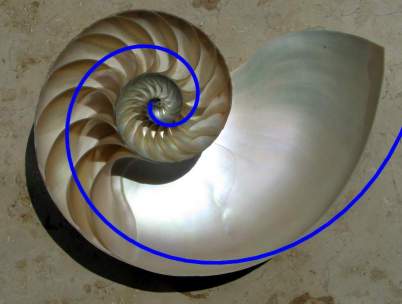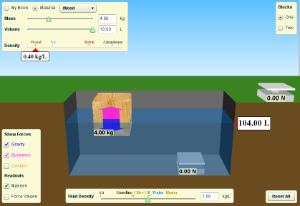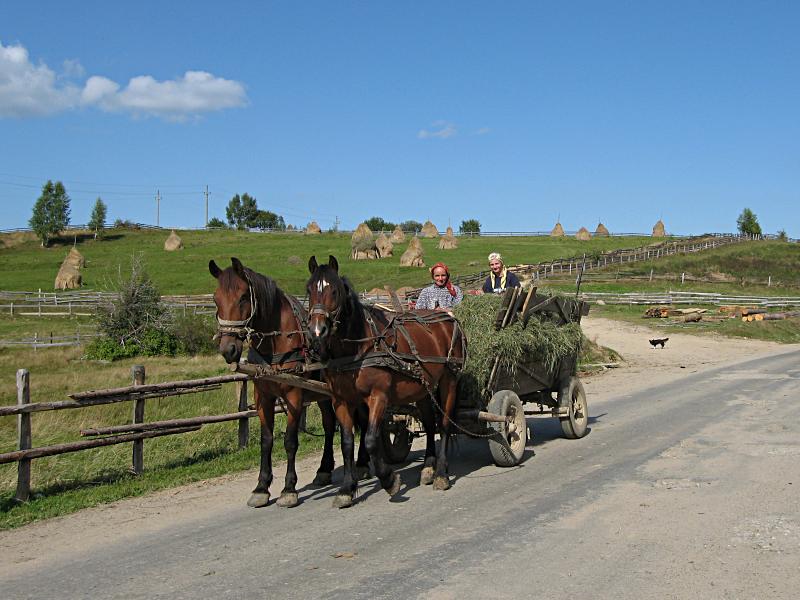Santa brought a new toy for me this Christmas, one I didn't think I had much of a chance to get. I made my case as to why I should get one. But I thought my plea might have been ignored. Its not something that I really needed. Though I have used it a lot (I'm using it now). My friends and students are envious though I'm not sure they'd all make use of it...
What is it you might ask? A new bike? A new pair of skis? Nope. Just good old nerd candy. A new laptop. A free laptop from Google, a Cr-48 to be exact... And yes I said free.
For those who haven't heard Google has been working on an operating system based on their browser Chrome. Thus the name
Cr-48. There's not much to it, which seems to be the point. Google was also very clear that the product was not going to be perfect, but that it was giving them out as a trial... You can find all kinds of nerdy tech details on the
interwebs. You can even still
apply to get one for free, I'd guess teacher folk have a darn good chance at getting one.
When I heard about the new computer my internal geek wanted one. I realized it could be a pretty nice 1:1 laptop solution for schools. The computer would likely be cheap, they are not for sale yet or maybe not ever, its a lightweight processor, no hard drive, no CD or DVD, but it does have wireless and 3G. The fact that they are cloud based means if a student breaks one they simply have to pick up another and log-in again to have their files back. No more long wait times for the server to push the files down... I had this problem at my first school. The quick start up time matched with the 8-9 hour battery (no typo there) means it could work great for students going from one class to another all day long.
There is no desktop, no real way to download programs or games and thus no way to get a virus or download something that will ruin the performance of the computer as so many of my former students did. All the programs you can run are online apps from the
Chrome App Store that work in a browser tab. I already use Google Docs and Sites for most of my school work. I realized a few months back that virtually all my time in front of a computer was doing work in a browser. I do my grades in a browser, I create class materials in a browser and I have become addicted to Google Reader after
Dan Meyer mentioned it in a post. It seems like the Cr-48 was a near perfect fit.
The jury is still out. But if Google keeps working on the OS they might have something. For me they need to figure out the printing. I haven't played with their CloudPrint but I don't think its going to work for me, based on what I've read. My other major concern is the lack of support for
Vernier probes. I need Vernier probes. I'm sure Vernier is capable of making a cloud based Logger Pro, but its not there yet and that's a problem if the Cr-48 is to be a viable 1:1 solution. There is hope as there is a single USB port...
I also miss my music. There are online solutions, but I haven't gotten that deep into the Kool-Aid just yet.
The Cr-48 is also not capable of running some of the Java based simulations from the
PhET folks. As those require a file to be download and installed (I never liked that anyways). It does run the Flash based sims, but maybe a bit sluggishly (I've only tried one so far).
There is great potential...
















